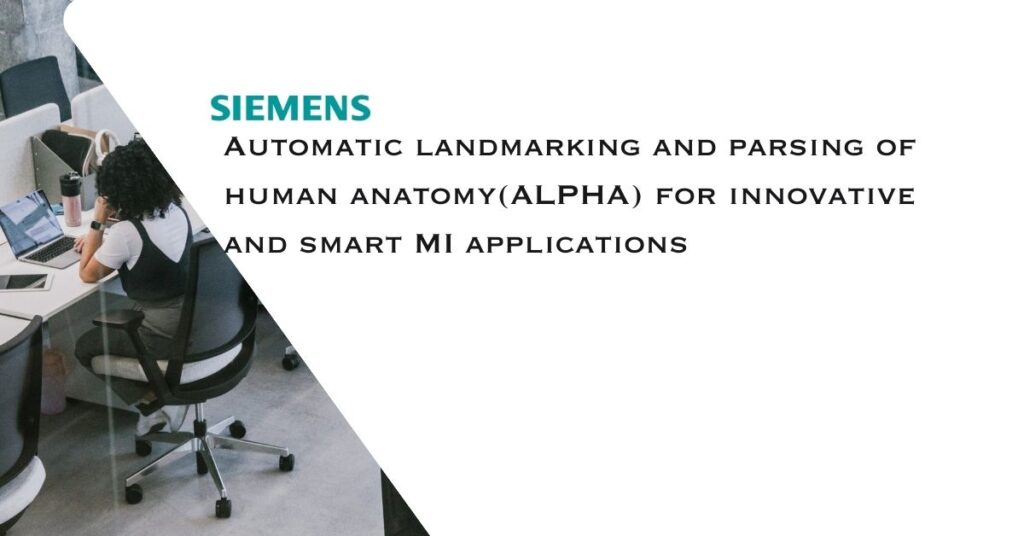Automatic landmarking and parsing of human anatomy(ALPHA) for innovative and smart MI applications

Over the past decades, molecular imaging (MI) has grown into a vital tool for precision medicine with the potential to offer tremendous capabilities for the detection and assessment of the significance of diseases, risk stratification, therapy selection, and monitoring in oncology, cardiology, and neurology.1 Modern MI systems are typically hybrid systems—PET/CT or SPECT/CT—that seamlessly combine the richness in anatomical images (CT) with functional images (PET and SPECT). Furthermore, technological advances in equipment, such as the introduction of silicon photomultiplier (SiPM)-based PET detectors, have increased spatial resolution and sensitivity that can be utilized to obtain images of increased quality at lower radiation doses. Improvements in reconstruction algorithms, such as xSPECT™ technology, further expand the spectrum of clinical applications by incorporating CT-based tissue segmentation into a zonal image reconstruction to enable a new degree of image quality2 as well as quantitative SPECT measurements.
In the era of value-based medicine, it has become essential to assist technologists and clinicians by reducing manual, laborious, and non-essential work to enable the efficient processing of high volumes of data in a fashion that is efficient, robust, reproducible, and less operator dependent. This will also allow them to focus their time and attention on patients and critical clinical questions. Thus, to increase throughput without sacrificing quality requires innovative, impactful features using unique intelligent technologies.




